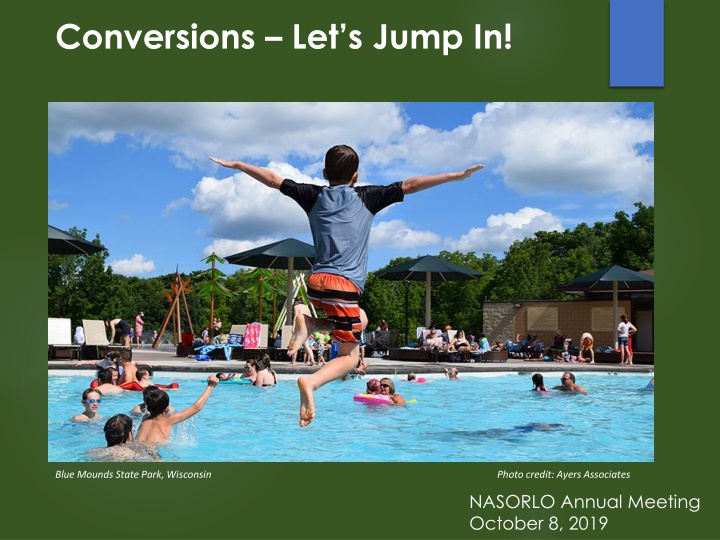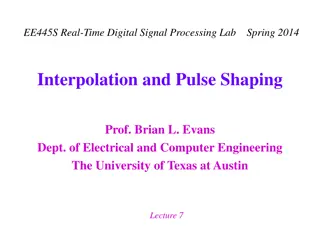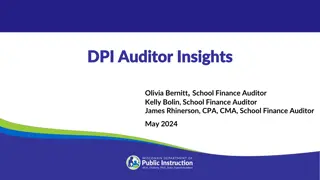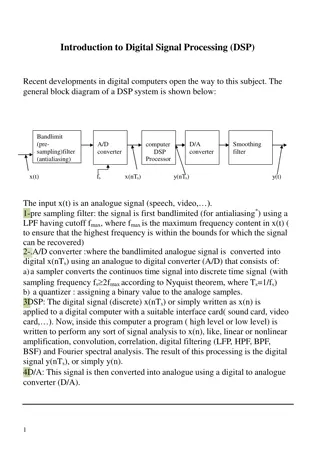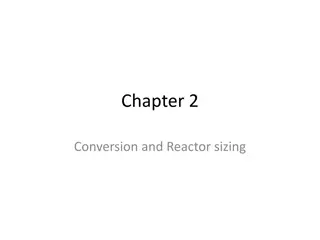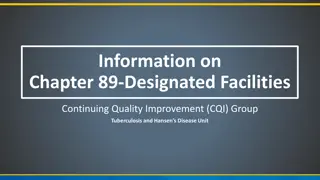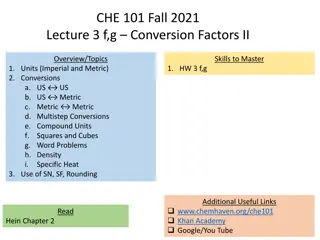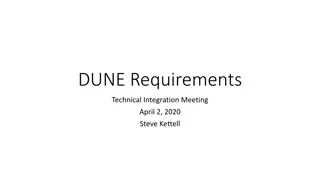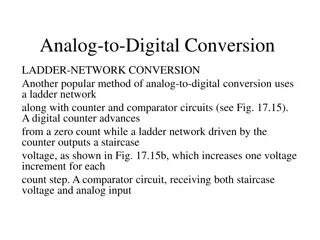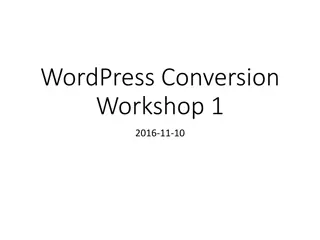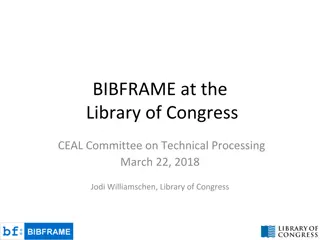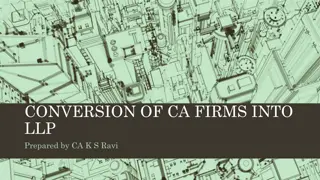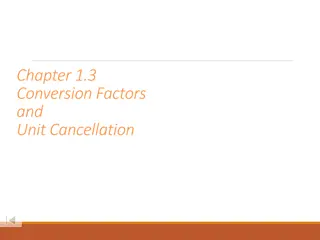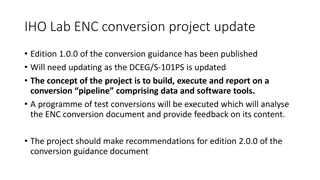Conversion Guidelines and Requirements
Here, you will find information regarding the triggers and requirements for property conversions related to public outdoor recreation uses. The guidelines cover aspects such as fair market value, practical alternatives, and substitution conditions in detail.
Uploaded on Mar 16, 2025 | 1 Views
Download Presentation

Please find below an Image/Link to download the presentation.
The content on the website is provided AS IS for your information and personal use only. It may not be sold, licensed, or shared on other websites without obtaining consent from the author.If you encounter any issues during the download, it is possible that the publisher has removed the file from their server.
You are allowed to download the files provided on this website for personal or commercial use, subject to the condition that they are used lawfully. All files are the property of their respective owners.
The content on the website is provided AS IS for your information and personal use only. It may not be sold, licensed, or shared on other websites without obtaining consent from the author.
E N D
Presentation Transcript
Conversions Lets Jump In! Blue Mounds State Park, Wisconsin Photo credit: Ayers Associates NASORLO Annual Meeting October 8, 2019
What triggers a conversion? Property interests are conveyed for private use or non-public recreation uses Non-outdoor recreation uses are within the LWCF boundary Unallowable indoor facilities are developed within the LWCF boundary Public outdoor recreation use of property acquired and/or developed with LWCF assistance is terminated
Common questions and misconceptions Pay back the money from the original grant? Capital investment in lieu of replacement property? de minimis for LWCF? Obsolescence Removes provisions? Public agencies who cannot purchase replacement property Exempt? Conversion provision Waivers?
Conversions (54 U.S.C. 200305(f)(3)) No property acquired or developed with assistance under this section shall, without the approval of the Secretary, be converted to other than public outdoor recreation uses. The Secretary shall approve such conversion only if he finds it to be in accord with the then existing comprehensive statewide outdoor recreation plan and only upon such conditions as he deems necessary to assure the substitution of other recreation properties of at least equal fair market value and of reasonably equivalent usefulness and location.
Conversion Requirements (36 C.F.R. 59.3) What are the highlights from these requirements that help? Practical alternatives evaluated Fair market value established Replacement property does not need to provide the same recreation experience nor does it need to be close to the converted site; One parcel can satisfy several approved conversions Replacement property meets the eligibility requirements for acquisition For partial conversions, the impact to the remainder shall be considered ..
Conversion Requirements (36 C.F.R. 59.3) ..highlights from these requirements that help? All coordination with other federal agencies had been accomplished Environmental review satisfactorily completed Intergovernmental clearinghouse review complete Conversion and substitution are in accord with the SCORP
First Steps Consult with your NPS Project Officer Confirm LWCF boundary for the site Decide the conversion footprint Identify potential replacement property Determine eligibility of replacement property Develop general concept plan Order appraisals
State Responsibilities Serve as point-of-contact for local sponsor, if applicable Discussion with NPS to determine the conversion footprint and eligibility of replacement property Appraisals (according to UASFLA) or waiver valuations Consultation for Section 106 / SHPO review Prepare conversion package, which includes: Cover letter PD-ESF Amendment form Updated 6(f) map DNF
NPS Responsibilities Complete negotiations about the conversion footprint Evaluate eligibility of proposed replacement property Initiate tribal consultation for Section 106 Assist the State in determining the appropriate NEPA pathway from an Environmental Screening Form Review draft conversion package and provide technical assistance Review final package, execute grant amendment
Types of Conversions Standard Conversion Small conversion No more than 10% of the whole LWCF recreation area Replacement property must be contiguous with the current site, or another existing park or recreation area, and otherwise meets the eligibility requirements for an acquisition grant Conversions with delayed replacement
Conversion Opportunities Replacement property does not need to provide the same recreation amenities and it may not need to be in close proximity to the converted site but must be equivalent Environmental, archeological, and other reviews completed for other federal programs [e.g. FEMA, FHWA] may be utilized for the LWCF NEPA review, if they meet LWCF standards One replacement parcel may satisfy several approved conversions
Best Practices and solutions Timing: start early; manage expectations, especially when working with local sponsors Land acquisition: When acquiring property w/ non-federal funds, evaluate possibility of using the property as replacement for identified conversions Look for in-holdings as replacement property Identify property already owned but not previously acquired or dedicated for park purposes
Your fellow SLO/ASLOs are an outstanding resource to tap when you are facing a difficult conversion. Reach out! Questions? Crescent Harbor Playground; Sitka, Alaska Photo credit: www.gametime.com
